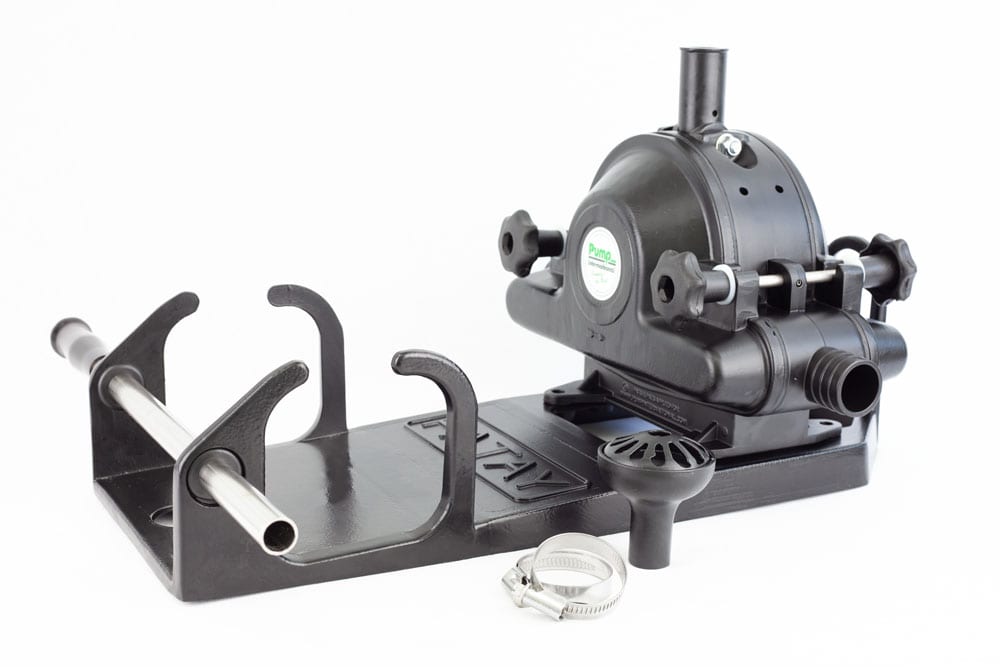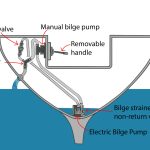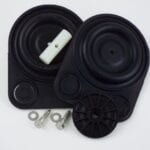Manual fluid pumps play a vital role in various industries, facilitating the precise transfer of liquids with ease and efficiency. Whether you operate in the automotive, industrial, or agricultural sector, selecting the correct manual fluid pump is crucial to ensure seamless operations. This comprehensive guide aims to walk you through essential considerations, empowering you to make an informed choice and find the ideal manual fluid pump for your specific needs.
Understanding Your Unique Requirements
Before delving into the specifics of manual fluid pumps, it’s imperative to grasp your distinctive requirements. Contemplate the type of fluids you’ll be working with, the volume that necessitates transfer, the working environment, and any other specific needs unique to your operation.
Exploring Various Types of Manual Fluid Pumps
Manual fluid pumps come in a diverse array of types, each tailored to specific applications. Gaining a comprehensive understanding of these types will undoubtedly assist you in selecting the most suitable pump for your intended use.
Lever Action Hand Pumps
Lever action hand pumps are a common choice for transferring fluids from drums or containers. The manual pumping mechanism facilitated by a lever ensures easy and controlled fluid transfer.
Piston Hand Pumps
Employing a piston-like mechanism, these pumps draw and transfer fluids effectively. Their versatility enables them to handle a wide range of viscosities, making them ideal for diverse applications.
Rotary Hand Pumps
Ideal for transferring fuels, oils, and other non-corrosive fluids, rotary hand pumps operate by rotating a handle, generating a pumping action that propels the fluid through the pump.
Diaphragm Hand Pumps
Diaphragm hand pumps are meticulously designed to tackle abrasive and viscous fluids. A flexible diaphragm, moving back and forth, creates a pumping action essential for transferring the fluid.
Key Factors to Consider
Fluid Compatibility
Ensure that the pump you choose is compatible with the specific type of fluid you intend to transfer. Various pumps are engineered for handling different fluids, including oils, chemicals, water, and more.
Viscosity
Contemplate the viscosity of the fluid you’ll be handling, as it profoundly impacts the type of manual fluid pump you need. Certain pumps are tailored for low-viscosity liquids, while others excel with thicker fluids.
Flow Rate
Determine the requisite flow rate for your operation. This parameter is pivotal in selecting a pump capable of efficiently transferring the desired volume of fluid within the stipulated time frame.
Durability and Materials
Opt for a pump constructed from durable and corrosion-resistant materials to guarantee enduring and reliable performance. Commonly used materials include stainless steel and polypropylene, renowned for their longevity.
Portability and Ease of Use
Evaluate the portability and ease of operation of the pump, especially if you anticipate relocating it frequently. Look for pumps that are lightweight, compact, and user-friendly.
Understanding Key Concepts in Manual Fluid Pump Selection
Before delving deeper into the manual fluid pump selection process, it’s essential to grasp a few fundamental concepts that play a crucial role in making an informed choice.
Understanding Lift and Head
When considering a manual fluid pump, two vital terms to understand are “lift” and “head.”
Lift: Lift refers to the vertical distance the pump needs to move the fluid from its source (e.g., a reservoir or container) to the desired destination. The greater the lift, the more effort the pump will require.
Head: Head is the total height from the liquid level in the source to the point of discharge. It’s a sum of the lift and any additional height required to move the fluid effectively.
Pump Efficiency and Effectiveness
Efficiency and effectiveness are critical factors in the functionality of a manual fluid pump.
Efficiency: Efficiency refers to how well the pump converts the applied manual force into moving the fluid. A more efficient pump requires less manual effort for the same volume of fluid transfer.
Effectiveness: Effectiveness involves how well the pump can handle the type of fluid, viscosity, and conditions in your specific work environment.
Evaluating Pump Safety
Safety is of paramount importance when choosing a manual fluid pump.
Safety Measures: Look for pumps that come with safety features such as spill containment, leak prevention, and ergonomic design to reduce the risk of accidents and ensure a safe working environment.
User-Friendly Interface: Choose a pump with clear instructions and an easy-to-use design to minimize the chances of errors during operation.
Considerations for Specialized Applications
Food and Beverage Industry
For industries dealing with food and beverages, additional considerations come into play:
Hygiene and Materials: Opt for pumps made of food-grade materials that comply with industry standards to ensure the safe handling of consumables.
Ease of Cleaning: Choose a pump with a design that facilitates easy disassembly and thorough cleaning to maintain hygiene standards.
Chemical Handling
When dealing with chemicals, it’s essential to pay attention to:
Chemical Compatibility: Ensure the pump materials are compatible with the specific chemicals being handled to prevent corrosion or chemical reactions.
Sealing and Containment: Select a pump with robust seals and containment features to prevent leaks and spills that could be hazardous.
Final Thoughts
Selecting the right manual fluid pump involves a careful assessment of not only the technical aspects but also the practicalities related to your industry and application. By understanding fundamental concepts, considering efficiency, ensuring safety, and tailoring choices to specialized needs, you can confidently choose a manual fluid pump that meets your requirements and optimizes your workflow.






